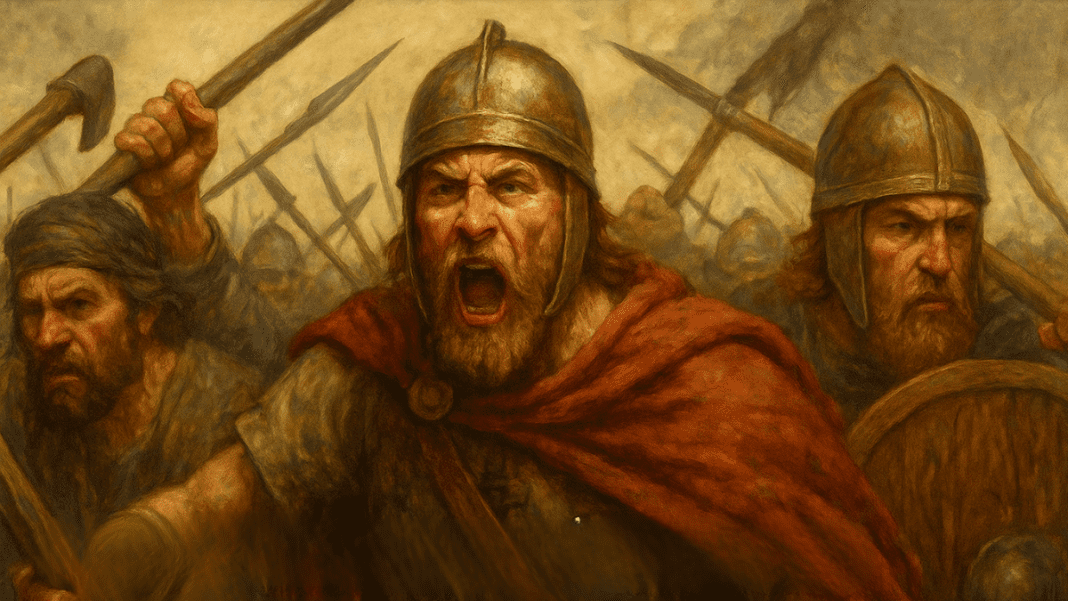War Decisions: Not Just About Numbers
War is often imagined as a cold, calculated decision—leaders gathering facts, measuring risks, and choosing the best path based on logic. But research in neuroscience and political science suggests something very different. The psychology of war reveals that human decisions about conflict are not purely rational. They are deeply emotional and shaped by how we process fear, threats, pride, and group identity.
When nations consider going to war, they don’t just count potential losses in lives or money. They also worry about losing honor, territory, national pride, or status on the world stage. These are symbolic values, not easy to put into numbers. Yet they carry immense emotional weight. Neuroscience shows that our brains don’t treat these kinds of harms as regular costs. Instead, we respond with strong feelings—anger, shame, fear, or defiance—which influence decisions more than careful thinking does.
This gap between rational strategy and emotional response becomes a serious problem in foreign policy. If leaders believe they are being disrespected or threatened, they might react in ways that seem illogical—rushing into war or refusing to negotiate, even when peace would be more beneficial. These reactions aren’t signs of madness; they are deeply human.
Threat Perception and the Psychology of War
At the center of war psychology is threat perception. This is how people judge danger in others’ actions or words. It’s a key part of how we survive. But it can also lead to misunderstandings. If a country sees another’s actions as hostile, it might feel cornered and respond with force—regardless of the actual risk.
Imagine a child on a playground. If another child bumps into them by accident, they may let it go. But if the bump feels intentional, the child might fight back. This behavior—responding differently to accident versus intention—shows up in adults too, even in global politics. Nations act similarly. When one country tries to pressure another into doing something, the second may view that pressure as bullying. Instead of giving in, it resists, often more fiercely.
This response is part of our social intuition, built into the way our brains interpret intentions. Neuroscience studies show that when people believe someone is trying to harm them on purpose, their brains react with more intensity. They shift from problem-solving to defense. Political leaders are not immune to this mental pattern. In fact, history shows that the most aggressive wars often start after perceived insults or threats, not logical assessments of danger.
Traditional models in international relations often assume countries act like chess players, calculating moves and outcomes. But studies using neuroimaging and behavior analysis show these models miss a key truth—humans, including leaders, don’t process threats like machines. We respond based on feelings, not formulas. Coercion, once thought to be a powerful tool, often fails or backfires because it triggers emotional resistance.
Syria’s President Al-Sharaa Open to Peace with Israel, Seeks US Sanctions Lift for Better Relations
What History and Archaeology Reveal about the Psychology of War
Looking at the distant past, researchers have long debated whether war is part of human nature or a recent invention. Some believe that humans are naturally violent and that our ancestors have always fought over resources and territory. But archaeological and anthropological evidence offers a different view. It shows that large-scale warfare is not as ancient or universal as some assume.
Early humans lived in small, mobile bands of hunter-gatherers. These groups had few possessions and often relied on cooperation with others to survive. They had systems in place—like sharing food or marrying into neighboring groups—that helped avoid serious conflict. While fights and killings did happen, they were usually personal, not organized wars between groups.
Actual evidence of war—mass graves, village defenses, and weapons used for killing—only begins to appear widely about 10,000 to 12,000 years ago. This period marks the rise of farming, permanent settlements, and the growth of population centers. People began to store food, own animals, and control land. These changes introduced new reasons to fight—resources could be taken, villages could be attacked, and power could be gained.
From Peace to Power Struggles
Even then, war did not appear everywhere at once. In some regions, like the Nile Valley or parts of Europe, signs of early violence show up. In others, like the southern Middle East or ancient Japan, there’s little or no evidence of warfare for thousands of years. The conditions that seem to make war more likely include environmental stress, competition for limited resources, social inequality, and the rise of political leadership.
Russia Seizes Vital Lithium Site, Disrupting U.S.-Ukraine Minerals Pact
But just as there are conditions that make war more likely, there are also preconditions for peace. Societies that valued cooperation, had ways to resolve disputes, and maintained flexible social ties were better at avoiding war. This balance—between pressures toward conflict and practices that encourage peace—shaped the early history of human violence.
Over time, however, war became more common. Wealth and power began to concentrate. Stronger groups often conquered or replaced peaceful ones. Later, during the rise of empires and colonization, external powers often introduced or intensified conflict. Borders were drawn, trade brought new weapons and competition, and many local cultures were pushed into wars they might not have chosen on their own.
